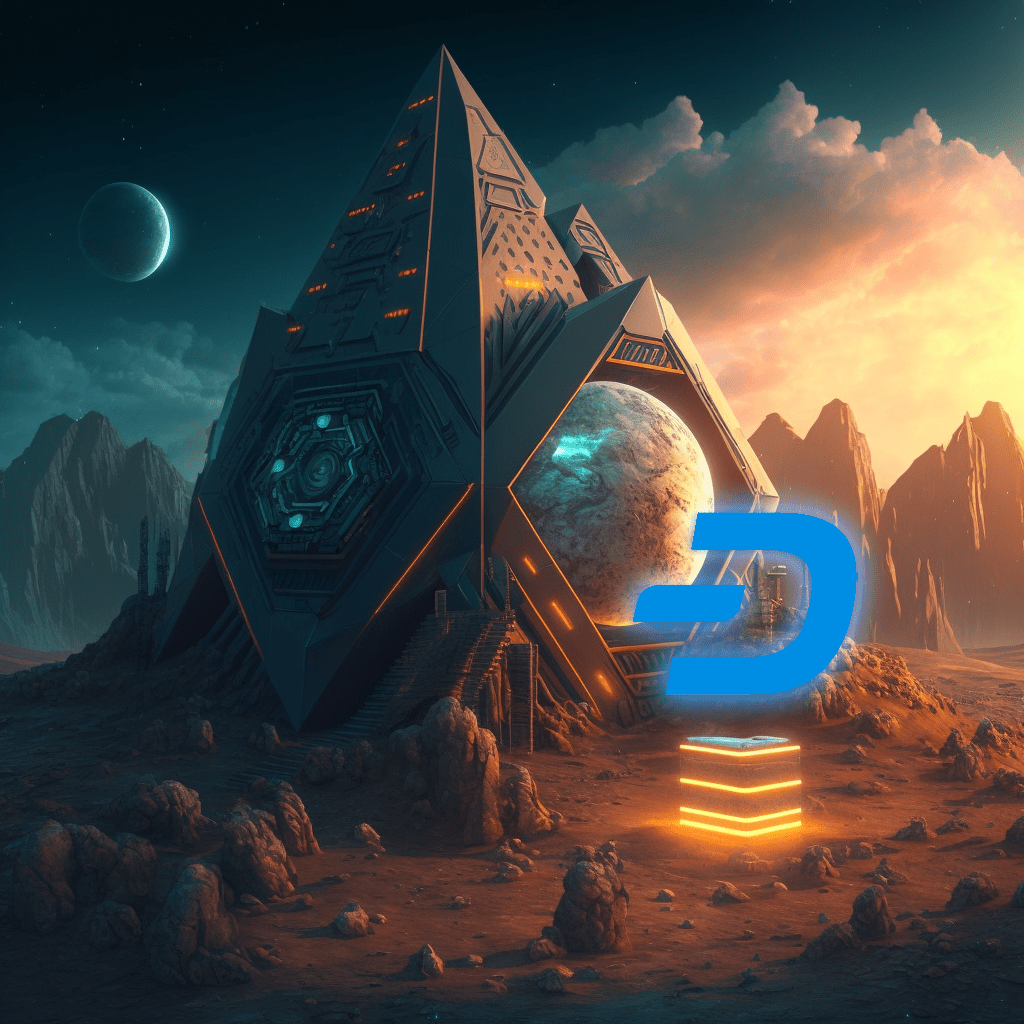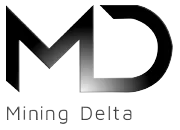
Dash is a digital currency, also known as cryptocurrency, that was first introduced in January 2014. The currency was created by Evan Duffield, who was inspired by Bitcoin but thought it had some flaws that could be improved. Dash is built on a blockchain, which is a digital ledger that records all transactions securely and transparently.
One of the main differences between Dash and Bitcoin is the way transactions are processed. Dash uses a single, two-tier network system, where certain users, called "masternodes," perform advanced functions such as locking transactions and voting on budget proposals. This allows for faster and more private transactions, as well as the ability to fund development and other projects through the network's budgeting system.
Another unique feature of Dash is its governance system, which allows currency holders to vote on important decisions about the network. This enables decentralized decision-making and gives users a direct voice in the direction of the project.
Dash also has a feature called "InstantSend," which allows near-instant transactions by locking a transaction and preventing it from being spent twice. This is in contrast to Bitcoin, where transactions can take several minutes to be confirmed.
Dash has a strong community and is constantly being developed and improved. The currency has seen a steady increase in value since its inception and has a current market capitalization of around $2 billion.
Dash is also becoming more accepted as a means of payment at various merchants and businesses around the world. This is possible because Dash is much faster and cheaper to process than Bitcoin, which helps merchants save on transaction fees and reduces wait times for customers. Additionally, Dash can be easily integrated with existing POS systems, making it a convenient choice for merchants who want to accept digital currencies.
Despite its many advantages, Dash is not without its challenges. Like any cryptocurrency, it is subject to market fluctuations and can be affected by regulatory changes. In addition, some people have expressed concerns about the centralization of the masternode system, as a small group of individuals currently control a large percentage of masternodes on the network.
In conclusion, Dash is a promising digital currency that has brought significant improvements over its predecessor, Bitcoin. Its unique two-tier network system and governance system enable faster, more private transactions, as well as decentralized decision-making. Dash is also becoming more widely accepted as a payment method, making it a convenient choice for merchants. However, like any cryptocurrency, Dash is subject to market fluctuations and regulatory changes, and its centralization is a cause for concern. Nevertheless, Dash has a strong community and continues to be developed and improved, making it a piece to watch in the future.
